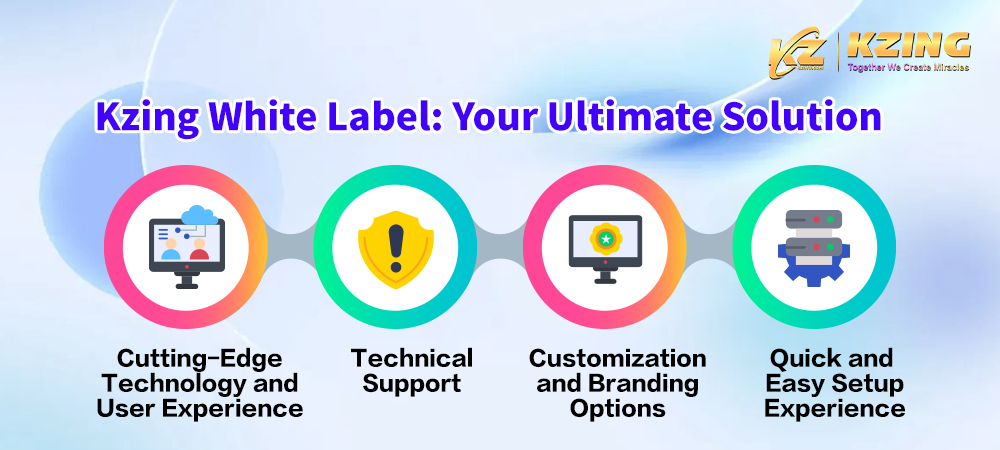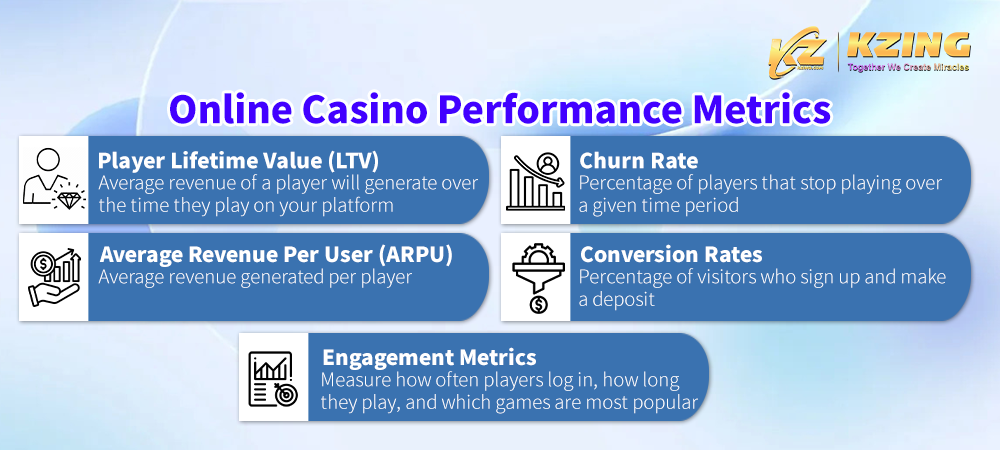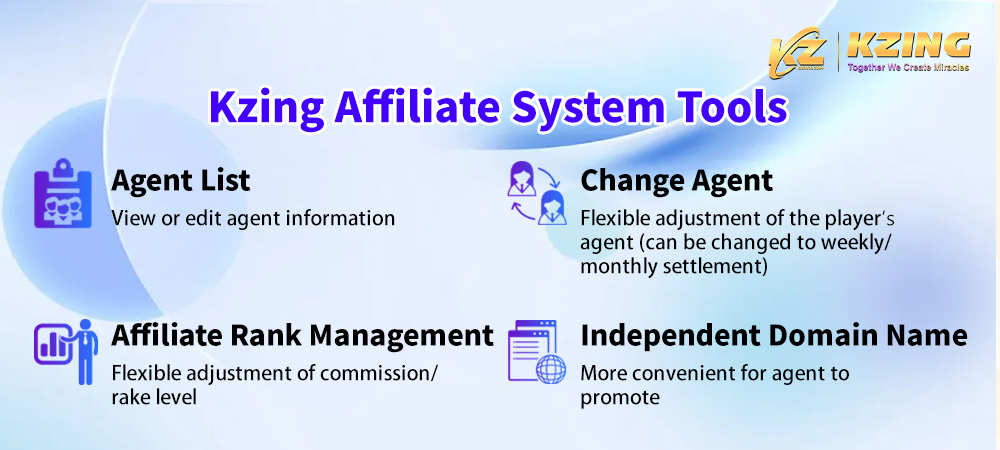

In the rapidly growing online casino industry, balancing revenue generation with player satisfaction is more crucial than ever. With the market projected to reach 139.7 million users by 2029, effective player retention, innovative loyalty programs, and targeted marketing are key to maximizing profitability. This article explores how operators can optimize revenue per player while ensuring sustainable growth in this competitive landscape.
Market Dynamics and Growth Projections
The online casino industry is on an upward spiral, with a projected annual growth rate of 11.4%, culminating in an estimated market value of $158 billion by 2028. The sector has significantly contributed to the economy of several countries, with notable revenue figures:
- United States: $35.5 billion
- United Kingdom: $22.2 billion
- China: $36.5 billion
- Japan: $18.6 billion
These figures highlight the immense potential of online casinos as they cater to a diverse and growing player base.
Table of Contents
The Basics of Online Casino Revenue
Online casinos generate revenue primarily through the following channels:
1. Game Margins: This is the difference between the total amount wagered and the payouts made to players. Each game type, whether slots, table games, or live dealer options, has its own house edge, which contributes to overall profitability. For instance, slots typically have a house edge ranging from 2% to 15%, while table games like blackjack and roulette might range from 1% to 5%.
2. Player Acquisition Costs: Before we can understand revenue, it is essential to recognize the costs involved in acquiring players. Operators often spend significantly on marketing and promotions to attract new players, which can impact short-term profitability.
3. Retention Strategies: Once players are onboarded, retaining them becomes crucial. Implementing loyalty programs, personalized bonuses, and engaging content can enhance player retention, ultimately boosting lifetime value (LTV) per player.
The Player’s Journey and Revenue Potential
To grasp how much online casinos earn per player, we must explore the player journey—from registration to gameplay and retention.
1. Registration Bonuses and Promotions
Online casinos frequently offer enticing bonuses to attract new players. These bonuses may include free spins, no-deposit bonuses, or deposit matches. While these incentives can reduce immediate revenue, they play a critical role in attracting players who may become valuable long-term customers. Although these incentives may initially reduce revenue, they provide a compelling reason for players to sign up and start exploring the platform. For many operators, the short-term cost of these promotions is outweighed by the long-term benefits.
2. Average Revenue Per User (ARPU)
ARPU is one of the primary financial metrics for any online casino and gives insight into how much revenue an average player generates over a given period, usually annually. The $100 to $500 ARPU range varies widely depending on several factors:
Game selection: Casinos with a wide range of games that appeal to both casual players and high rollers will see higher ARPU. Games like poker or high-stakes slots can attract players willing to wager more, thereby increasing revenue potential.
Player demographics: Younger, tech-savvy players might not spend as much initially but could engage in games like esports betting, which are growing rapidly in popularity. On the other hand, older, more affluent players might have higher spending power and contribute more to the ARPU.
Even small differences in ARPU can drastically affect overall profitability. For example, a player wagering $1,000 annually with a 5% house edge generates $50. This may seem minimal, but when multiplied across thousands of players, it accumulates into substantial profits, making ARPU a critical focus area for operators.
3. Lifetime Value (LTV)
LTV represents the total revenue a casino expects to earn from a player throughout their entire relationship with the platform. The LTV range of $200 to $500 annually per player can vary based on how effectively the casino retains players and keeps them engaged. Higher LTVs indicate longer-lasting relationships, which justify the higher costs of acquisition and marketing.
Operators can improve LTV by deploying personalized engagement strategies, such as targeted promotions based on player behavior, loyalty programs, and exclusive VIP rewards. For example, Kzing’s loyalty system encourages players to ascend through tier levels based on their platform activity, intensifying the excitement of betting. As players engage more, they not only enjoy thrilling gameplay but also unlock exclusive rewards tailored to their level, making every moment spent on the platform more valuable. Customer retention plays a critical role here; the longer a player stays engaged with the platform, the higher their LTV. By nurturing these relationships, operators can significantly increase the LTV of their players, contributing to long-term profitability.
4. Churn Rate
Churn rate, the percentage of players who leave or stop playing, typically hovers between 20% to 30% annually in the online casino industry. Reducing churn is vital for long-term profitability, and one of the best ways operators achieve this is by focusing on player retention. Kzing, for instance, consistently introduces new games, keeping your platform fresh and exciting. With partnerships with over 100 game providers, Kzing ensures there is always a game that suits your players’ preferences.
The cost to acquire a new player typically ranges from $5 to $100, depending on the marketing channel and the competitive landscape. If players leave too quickly, the plattform may not be able to recoup the acquisition cost before the player churns. Therefore, the balance between LTV and churn rate is crucial—if churn is high and LTV is low, a casino platform will struggle to maintain profitability over time.
5. House Edge and Payout Rates
The house edge is the built-in advantage casino operators have on games, ensuring they will make money in the long run, even if individual players win in the short term. The house edge varies significantly between games. For example:
- Blackjack typically offers a low house edge of around 2%, which appeals to seasoned players seeking high RTP (Return to Player) games.
- Slot machines tend to have a higher house edge, ranging from 4% to 8%, making them more profitable for the casino but offering lower RTP for the player.
Operators must carefully manage the balance between attractive payout rates (RTP) and maintaining a profitable house edge. Players are more likely to engage with games that offer higher RTP, but operators need to ensure that even games with higher payout rates still provide a sufficient house edge to generate consistent revenue. Low house edge games like blackjack attract savvy players, but a balanced game portfolio ensures that all player types are catered to while maintaining profitability.
6. Scaling Profitability
While individual profits from players might seem modest, the strength of online casinos lies in their ability to scale. With average daily wagers contributing $0.03 to $0.07 in profit per player, casinos with 10,000 daily active players can generate $300 to $700 in daily profits from wagers alone. The mass volume effect is the true driver of profitability in the online casino industry. Even with moderate house edges, large player bases provide a steady revenue stream. When a casino platform can attract and retain tens of thousands or millions of players, even small per-player profits compound into substantial daily, monthly, and annual earnings.
Other Factors Influencing Casino Income
Aside from direct player revenue, several additional factors contribute to the overall profitability of online casinos.
1. Operational Costs
Operating an online casino involves ongoing expenses that can significantly impact the bottom line:
Website Hosting & Maintenance: Online casinos require reliable hosting services to manage high traffic volumes and ensure seamless gameplay. A robust hosting infrastructure can cost around $5,000 per month, covering cloud servers, bandwidth, and performance monitoring tools. Additionally, regular maintenance is essential to prevent downtime, manage security updates, and optimize website speed, further increasing the overall operational expenses.
Personnel Costs: A team of customer support representatives, IT technicians, and security experts is vital to manage player issues, site glitches, and cybersecurity threats. Personnel costs can easily reach or exceed $5,000 per month, depending on the size of the platform and the complexity of operations. Live chat support and 24/7 service increase costs but are often necessary for player satisfaction and retention. With Kzing, operators can significantly reduce these personnel costs. Kzing white label provides comprehensive support to your operations, empowering you to consistently deliver top-tier service to their players.
2. White Label Royalties
Royalty Fees: Operators using white label solutions—pre-built platforms that include a casino license, game library, and payment system—typically pay royalties, usually averaging around 5% of the casino’s revenue. While this is an ongoing expense, it is a worthwhile investment if the white label provider excels in critical areas like website reliability, security, and seamless operation.

The ease of entry, lower upfront costs, and access to an established infrastructure make white label solutions a popular choice for many operators. With Kzing’s white label solutions, you can seamlessly launch your casino platform in as little as 5 days. Benefit from pre-designed templates that eliminate the complexities of building a platform from scratch, while enjoying Kzing’s renowned efficiency and reliability. Our key templates are tailored to cater to specific markets and needs, such as the Cool Navy design, optimized to target the China market. Backed by extensive R&D and experience working with operators, we’ve fine-tuned the user experience and features to ensure maximum engagement and success.
3. Affiliate Programs
Online casinos often rely on affiliates to bring in new players. The two main models for affiliate compensation are:
- Cost Per Acquisition (CPA): Online casinos pay affiliates a fixed amount for each player they refer who signs up and makes a deposit. CPA can range from $5 to $100 per player, depending on the market. Although this is a one-time cost, acquiring high-quality, long-term players is crucial to ensuring a positive return on investment (ROI).
- Revenue Share (RevShare): Affiliates earn a percentage of the referred players’ losses or the casino’s net revenue from those players. This typically ranges from 20% to 40%, with 25% being the average. While RevShare provides an incentive for affiliates to refer high-quality players, it also reduces the casino’s profit margins.
4. Advertising Expenses
To drive traffic and grow their player base, online casinos often allocate significant budgets to digital marketing. Monthly expenses can range from $10,000 to $20,000, covering strategies like PPC advertising, social media campaigns, influencer partnerships, and SEO. Return on Advertising Spend (ROAS) is a key metric, as poorly optimized campaigns can lead to high acquisition costs without yielding a sufficient number of high-value players.
To enhance profitability, it is crucial to align marketing strategies with the Lifetime Value (LTV) of players. Partnering with Pixelated Marketing by creating highly tailored campaigns that engage players interested in sports games, casino games, or poker. Their expertise allows you to effectively reach target audiences based on demographics, interests, and online behaviors, maximizing your marketing budget and driving player growth.
5. Game Provider Costs
- Licensing Fees: Online casinos rely on third-party game providers for their game offerings, such as slots, table games, and live casino games. These providers charge licensing fees, typically averaging $12,000 monthly. Some providers also take a percentage of the casino’s winnings from the games they supply.
- Revenue Share with Providers: In many cases, casinos share a portion of their revenue generated from specific games with the provider, which can range from 10% to 30%. If the provider’s games make up over 50% of the casino’s offerings, these fees can accumulate significantly, reducing profit margins.
- Game Variety: While partnering with well-known game providers enhances player experience and credibility, the associated costs increase with the number of providers. Casinos need to balance offering a variety of games with managing the cumulative provider fees to maintain a healthy bottom line.
The more providers a casino partners with, the higher the costs, but having a diverse game selection is essential for attracting and retaining players. With Kzing, you can offer over 1,000 game options to your players, delivering variety and excitement while keeping costs manageable.
Conclusion
In the competitive online casino landscape, understanding the player journey is crucial for maximizing revenue and ensuring satisfaction. Key metrics like Average Revenue Per User (ARPU), Lifetime Value (LTV), and churn rates play a significant role in shaping marketing and loyalty strategies. A balanced approach to game selection and affiliate marketing can enhance financial health while adapting to market trends is essential for maintaining a competitive edge. With its robust white label solutions and proven track record, Kzing is the best option for operators looking to excel in this competitive landscape.
For more information on how Kzing can elevate your online casino, contact us today!


![Unlocking Loyalty: Elevating Player Retention with Kzing Native App Player_Retention_with_Kzing_Native_App文章封面_en_400x250[1]](https://www.kzing.co/wp-content/uploads/2024/04/Player_Retention_with_Kzing_Native_App文章封面_en_400x2501-150x150.png)
![Maximize Yield: Understanding Factors Affecting Gross Gaming Revenue (GGR) Maximize_Yield_Understanding_Factors_Affecting_Gross_Gaming_Revenue_en_400x250[1]](https://www.kzing.co/wp-content/uploads/2024/04/Maximize_Yield_Understanding_Factors_Affecting_Gross_Gaming_Revenue_en_400x2501-150x150.png)

![Master the Metrics: Understanding Gross Gaming Revenue (GGR) Master_the_Metrics_Understanding_Gross_Gaming_Revenue_en_400x250[1]](https://www.kzing.co/wp-content/uploads/2024/04/Master_the_Metrics_Understanding_Gross_Gaming_Revenue_en_400x2501-150x150.png)






